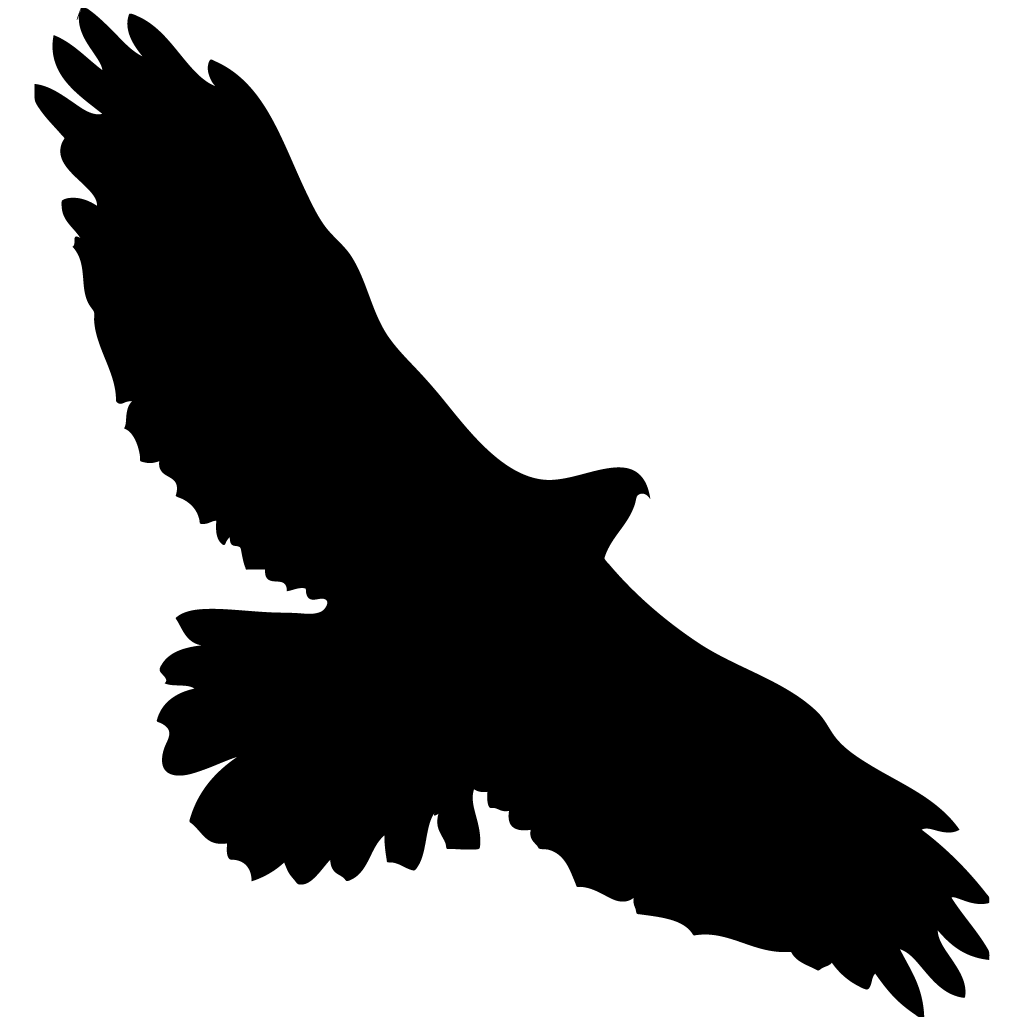Red-Tailed Hawk
Our first summer in the Foothills, there were only a couple (that we knew of), Golden Banded ground squirrels running about. We are human and found their expressive faces more appealing than the masses of Richardson’s Ground Squirrels that we had at our last home. This summer though, as rodents are known to do, we had many more Golden Banded Ground Squirrels. Keeping them out of the greenhouse was a chore and their adorableness faded. Soon, we were calling them, ‘Hawk food’, and, sure enough, look who shows up. Que the classic Hollywood “eagle” call, - that’s actually a Red-tailed hawk.


“Hey! There’s a hawk!” Odds are good, it’s a Red-tail. Looking up at a soaring hawk, you might notice a mainly white or cream-colored belly and black wing tips. The coloration can vary a great deal, but their shape, both perched and in flight, are distinct.
The closer you get an opportunity to see them, these are big birds, with the females being on average, about 1/3 larger than the males. Their distinctive ‘red-tail’ feature appears when they reach over 2 years old. A ‘passage’ hawk is young, having left the nest and is on its own, but they do not have the red tail yet. Once they have matured and their distinctive ‘red-tail’ appears, they are considered now a ‘hag’ or haggard’ hawk. Some native cultures consider the sighting of a ‘haggard’ red-tail hawk an indicator that the one who sees the hawk is also maturing.


The above photos are of a Red-tailed hawk preening off the damp and fog of a wet night while being mobbed by Stellar Jays. Also, a Red-tail in a 'rouse', a shakeout of their feathers, and showing his distinct red tail. For better photos, the websites noted in the Sources section have great shots.
Red-tail hawks are common throughout North America and their numbers have been growing about 1.6% per year, placing them in the ‘least concern’ category of conservation status. However, young Red-tails have an up to 85% mortality rate of the nestlings and juveniles. This is due in part to predation by Great Horned Owls. Great Horned Owls are known to steal their nests, even one that is occupied, and feast on the young and sometimes their parents as well. These are tough, ‘Circle of Life’ moments that we humans aren’t sure who to root for. Raptors are not friends as they compete for prey, territory, and nesting sites. Other mortality factors are parasites, other predators, and man-made hazards of cars, fences, nets, and other dangers. Falconers often capture young Red-Tails, delouse them (treat the parasites), and either let them go again or keep them for a time and train them to hunt. This unique human interaction helps some young Red-Tails to get a better chance in the wild. Please note: this is only done by highly trained and permitted falconers. Capturing a raptor is illegal, and highly dangerous, without a permit.
Look for them soaring above a field or forested area, perched high on trees, light posts, fence posts, and anywhere there is a good lookout spot for their hunting. They watch from up high, with eyesight that is far more complex than humans in its distance and acuity. Once they spot their prey, they swoop down, up to 120mph, to catch their unsuspecting prey. It might be a tasty ground squirrel, a bat, smaller bird, a snake, or even a chicken coop raid. They can carry off prey up to 5 lbs in size. Ground squirrels are a big favorite though, hence we are seeing more hawks and fewer ground squirrels.
Seeing hawks means there is prey to be found. Their selected territories are sized by the available food sources. They will fight off other hawks to protect their territory and mates. We recently watched 3 Red-tails soaring around each other with two of them attacking an encroaching male. Aerial combat that airplane dog fights are patterned after.
Watch the skies, spotting a Red-tail hawk gets easier when you know what to look for!
Sources: copy and paste links to visit the website. They each have great photos of Red-tails!
- https://www.allaboutbirds.org/guide/Red-tailed_Hawk/sounds#
- https://www.allaboutbirds.org/guide/Red-tailed_Hawk/overview#
-
- https://www.audubon.org/field-guide/bird/red-tailed-hawk
- - https://wildlifecommandcenter.com/trapping-red-tailed-hawks
- https://www.birdwatchingacademy.com/red-tailed-hawk/
- https://en.wikipedia.org/wiki/Red-tailed_hawk
- https://blog.eyewire.org/hawks-vision-different-humans






